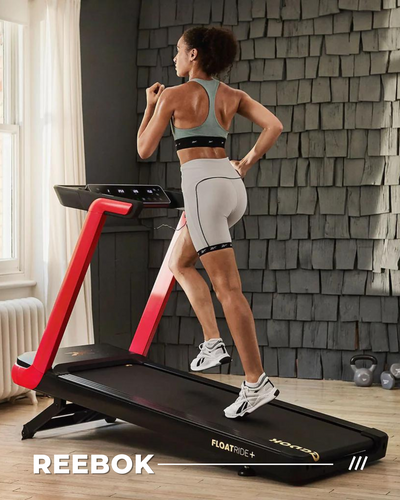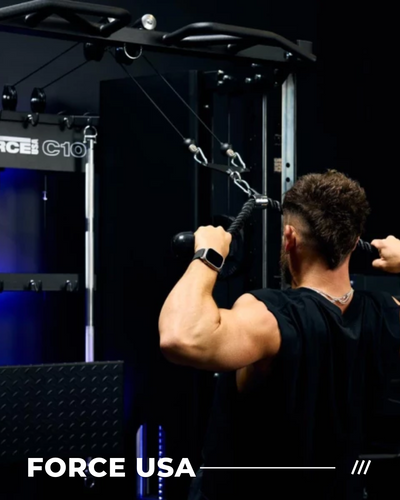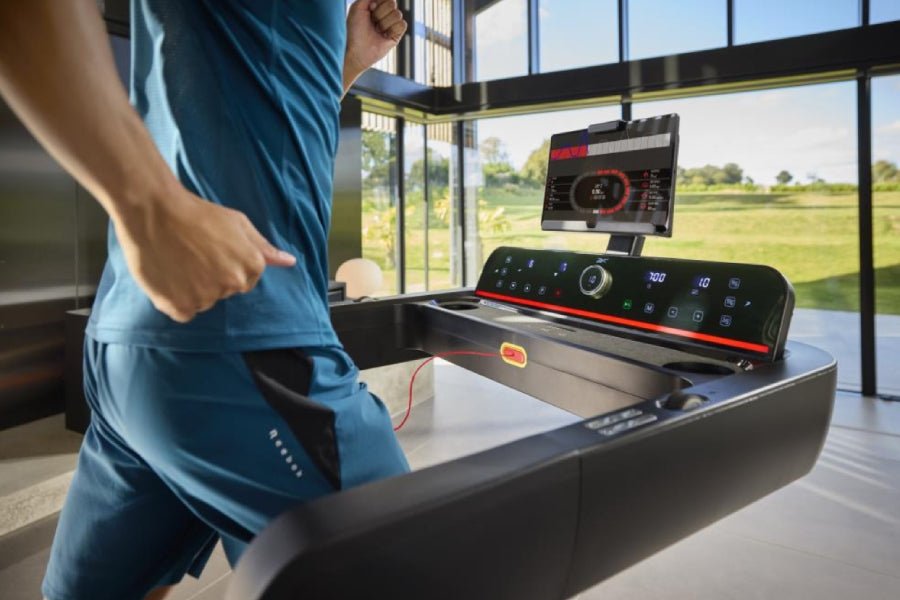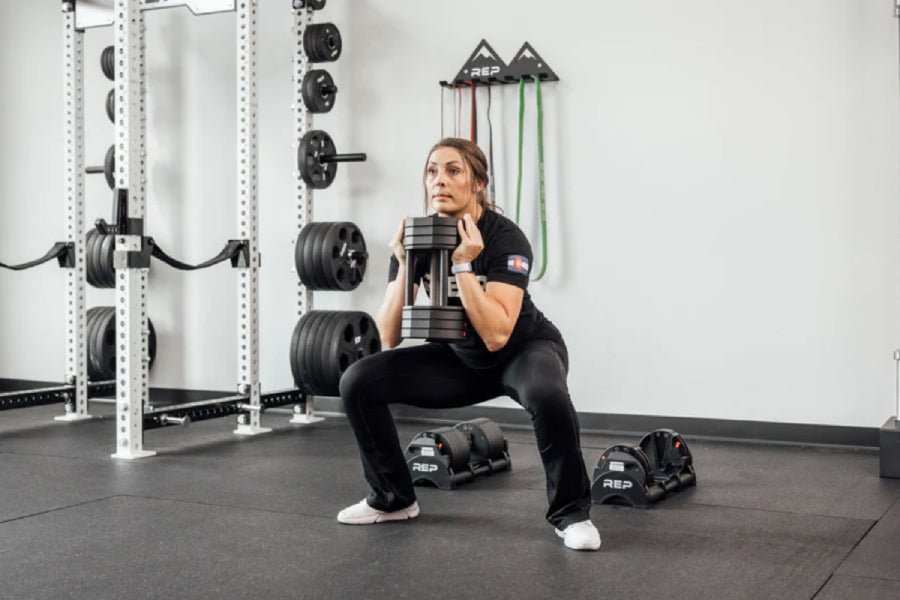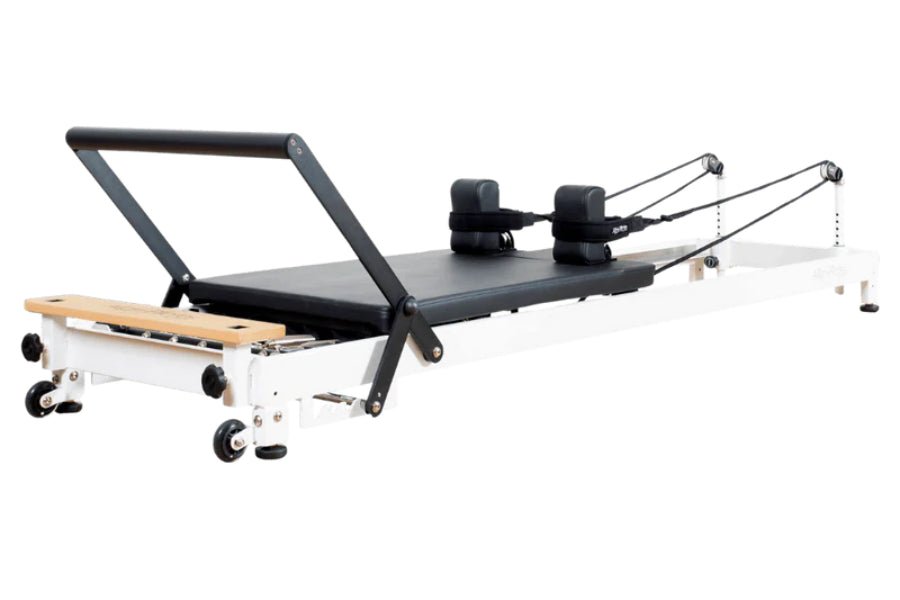How To Improve Grip Strength for Pull-Ups and Dumbbells
GYMSPORTZ PTE LTD | 14 May 2025

Grip strength is often overlooked in fitness routines, but it plays a crucial role in enhancing performance during pull-ups and exercises using dumbbells. Whether you're working out at home or in the gym, a strong grip can make a huge difference in how well you train and how much progress you make.
For adults juggling busy schedules, finding practical ways to build grip strength can be the key to unlocking better results, especially in functional training. From increasing your pull-up count to holding heavier weights with confidence, improving your grip benefits more than just your hands.
Understand why grip strength matters
A strong grip isn’t just for lifting heavy. It’s essential for supporting bodyweight exercises like pull-ups and chin-ups, where your hands are the only connection between you and the bar. The same goes for dumbbell exercises. Weak grip often leads to early fatigue or compromised form, especially during rows, lunges, and deadlifts.
When grip becomes the limiting factor, you’re not training your targeted muscles to their full potential. This is why many fitness enthusiasts in Singapore are starting to take grip training seriously—especially when incorporating exercises using dumbbells into their routines.
Start with basic grip-focused movements
Improving grip doesn’t require fancy tools. Some of the most effective grip-building movements are straightforward and can be added to your existing workout. Try incorporating farmer’s walks, where you hold a pair of heavy dumbbells or kettlebells and walk a set distance. This builds endurance in your hands, wrists, and forearms.
Dead hangs from a pull-up bar are another excellent option. Simply hang from the bar with your arms fully extended, aiming to increase your hold time gradually. These not only enhance grip strength but also improve shoulder mobility. You can also experiment with different types of pull-up bars, such as those with thicker grips or neutral handles, to add variation and challenge your grip in new ways.
Use variations of pull-ups and dumbbell lifts
To target your grip more directly, modify standard pull-ups by using thicker bars or towels. Wrapping a towel around the bar and gripping it adds instability, forcing your forearms to work harder. You can also use fat grip attachments or thick-handled dumbbells for rows and curls to challenge your grip more.
Incorporating wrist curls and reverse curls into your dumbbell workouts can also contribute to grip development. These smaller, focused movements help strengthen the muscles that support your overall grip.
Integrate grip tools into your training
While bodyweight and free weight exercises are a great start, grip-specific tools can provide an extra edge. Hand grippers, resistance bands, and grip balls are compact, portable, and easy to use. They’re perfect for quick grip workouts, even during short breaks at home or in the office.
Individuals with limited space can benefit from these minimal yet effective tools. For example, rotating push-up handles or grip trainers fit perfectly into a home gym setup without clutter. If you’re just starting your fitness journey and unsure about investing, gym equipment rental can be a cost-effective way to try out new gear without long-term commitment.
Stay consistent and avoid overtraining
As with any form of training, consistency is key. Aim to train your grip two to three times per week, giving your hands enough recovery time between sessions. The muscles in your forearms and hands are smaller and can be prone to overuse injuries if not managed properly.
Listen to your body and adjust your training volume accordingly. If your hands are constantly sore or your grip is weakening over time, scale back and focus on recovery strategies like stretching, foam rolling, and massage.
Prioritise recovery and hand care
Training your grip puts a lot of stress on your hands, so recovery and care are essential. Use a foam roller or massage ball to release tension in your forearms. Regular stretching of the fingers, wrists, and forearms helps maintain flexibility and prevents strain.
Moisturise your hands and trim your calluses to prevent tearing during pull-ups or barbell work. Wearing gloves or using chalk may help improve grip and reduce friction during intense workouts, especially in humid Singapore weather where sweaty palms can become a problem.
Make grip training part of your everyday life
Beyond your workouts, there are plenty of opportunities to train your grip during daily activities. Carry your grocery bags in one hand, use thicker handles where possible, and challenge yourself to open jars or containers without assistance. These small efforts can gradually strengthen your hands over time.
If you work at a desk, keep a grip trainer nearby and squeeze it during breaks. These micro-sessions, though brief, compound into real gains over weeks and months.
Track progress and stay motivated
Measuring your grip strength can be motivating. Use a stopwatch to track how long you can dead hang, or count the number of farmer’s walk laps you complete with a certain weight. As your times and distances improve, you’ll start noticing the difference in your regular workouts too.
It’s also helpful to document your progress in a journal or fitness app. Seeing consistent improvement not only boosts motivation but helps you adjust your training for continued gains.
Conclusion
Improving your grip strength for pull-ups and dumbbell workouts doesn’t have to be complicated. By combining functional exercises, grip tools, and smart habits, you’ll build strength that carries over into every area of your training. Whether you’re levelling up your home gym or exploring gym equipment rental, making grip strength a priority can elevate your fitness journey.
Explore more tips and quality training gear at Gymsportz, and keep your fitness journey strong, one grip at a time.

